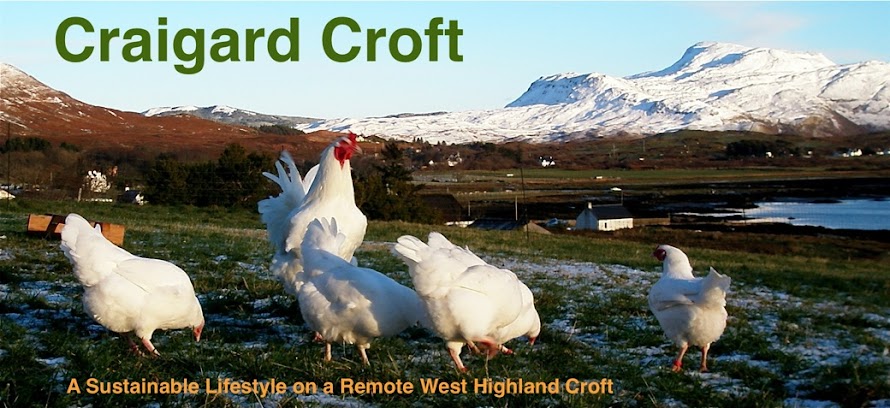 |
| Caledonia pinewood ecosystem |
Yesterday, Midsummer day, we walked through one of the 35 remnants of the great pinewood ecosystem, the Black Wood of Rannoch. The wood, over 1000 ha, has survived because of it's isolation and an enlightened forest management policy during the last 50 years.
During the 1st and 2nd world wars much of our ancient forest was felled and with the felling we lost both natural and cultural value. You can read more about this in an excellent Forestry Commission website describing the history and conservation of the wood. Black Wood of Rannoch, Forestry Commission, Scotland
The Black Wood is still isolated. From Kilchoan it is a 300 mile round trip by road. The greener and easier alternative is to take the train from Fort William to Rannoch Station then a taxi. Rannoch and Kinloch Rannoch are among Scotland's most isolated communities but they have an excellent alternative bus service.
 |
| Reliable, fast and friendly |
Back to the wood! It's an easy walk, 5 miles and 3 hrs, excellent for families. The Scots Pines themselves have 300 year old life cycle
and you can see the whole age range within this semi-natural pinewood ecosystem. It's "semi-natural" because of human use and influence over tha last 7,000 years.
 |
| Wood ant nest. |
Using a wood ant nest to find South - the thatched nest of pine needles usually has a longer, gentler slope on the southern side to maximise the interception of sunlight for solar heating of the nest
Red wood ant, biology, behaviour and ecology
The walk could be improved by provision of an interpretive guide, Aspects of the first 50 years of conservation management are there to see but you need to have read the forest management plan (above) in order to see and understand what is going on. For example plantations of non-indigenous species such as Sitka Spruce and Lodge pole Pine are being replaced by indigenous broad leaved species to restore and expand parts of the wood.Future Forest 2015
 |
| Rannoch Station Tearoom |
Yesterdays winner of the"British Carrot Cake Society Award" for the biggest and best slices of carrot cake, 2017.


No comments:
Post a Comment